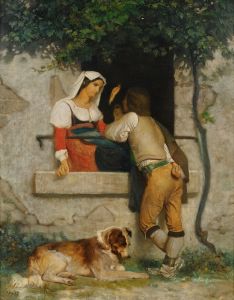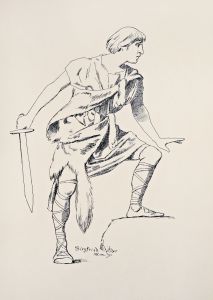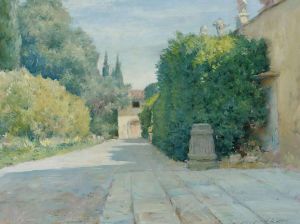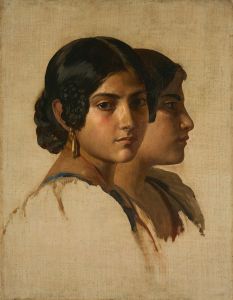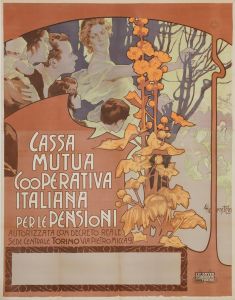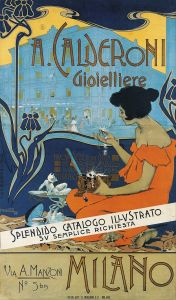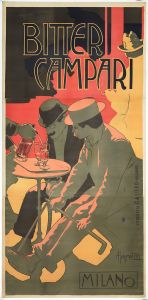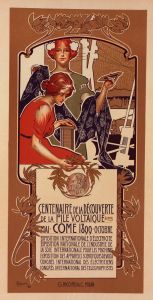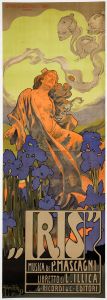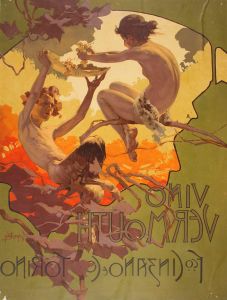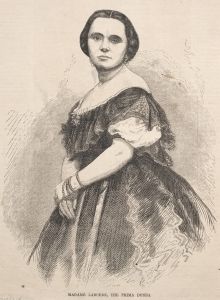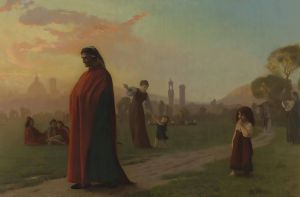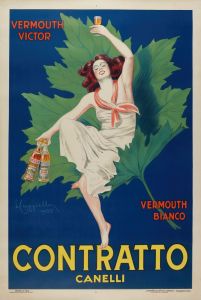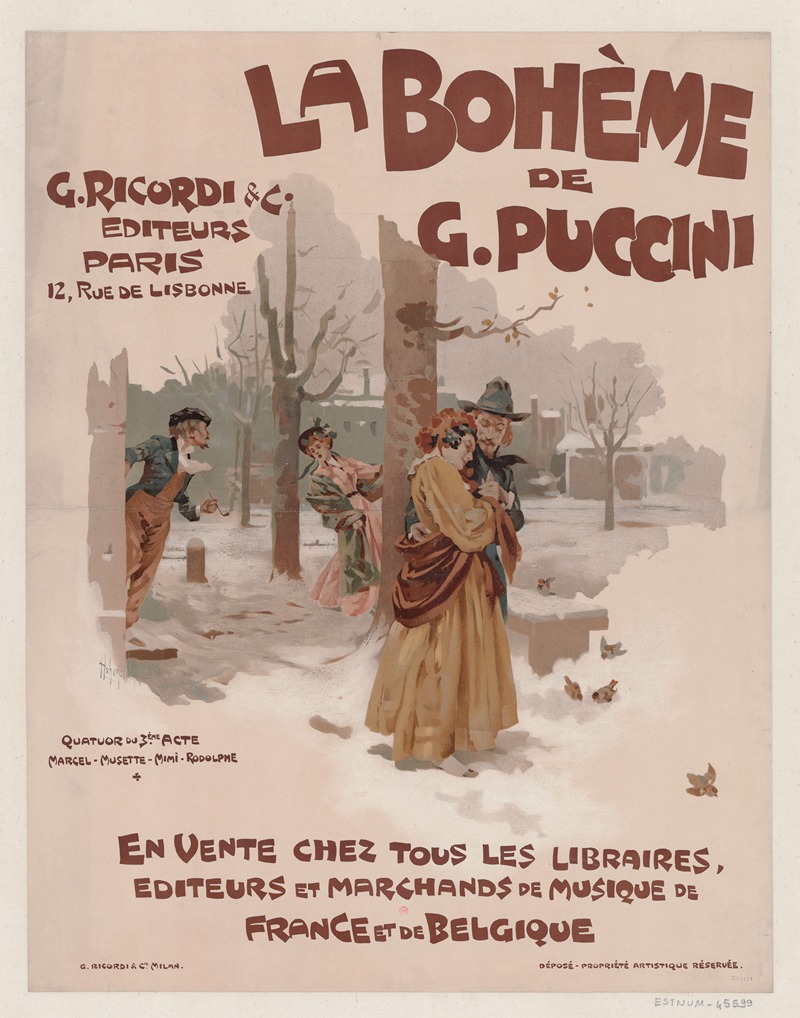
La Bohème, de Puccini. G. Ricordi & C. Editeurs, Paris, 12 rue de Lisbonne
A hand-painted replica of Adolfo Hohenstein’s masterpiece La Bohème, de Puccini. G. Ricordi & C. Editeurs, Paris, 12 rue de Lisbonne, meticulously crafted by professional artists to capture the true essence of the original. Each piece is created with museum-quality canvas and rare mineral pigments, carefully painted by experienced artists with delicate brushstrokes and rich, layered colors to perfectly recreate the texture of the original artwork. Unlike machine-printed reproductions, this hand-painted version brings the painting to life, infused with the artist’s emotions and skill in every stroke. Whether for personal collection or home decoration, it instantly elevates the artistic atmosphere of any space.
Adolfo Hohenstein was an influential artist and graphic designer known for his significant contributions to the world of opera through his poster art. One of his notable works is the poster for Giacomo Puccini's opera "La Bohème," published by G. Ricordi & C. Editeurs in Paris, located at 12 rue de Lisbonne. This artwork is a quintessential example of Hohenstein's style and the era's approach to opera promotion.
"La Bohème," composed by Giacomo Puccini, is one of the most beloved operas in the classical repertoire. It premiered on February 1, 1896, at the Teatro Regio in Turin, Italy. The opera is based on "Scènes de la vie de bohème" by Henri Murger, which portrays the lives of young bohemians living in the Latin Quarter of Paris in the 1840s. The story revolves around the romantic relationships and struggles of these artists and their friends, capturing the essence of youthful passion and the harsh realities of life.
Adolfo Hohenstein, born in Saint Petersburg in 1854, was a German painter and graphic artist who became a pivotal figure in the Art Nouveau movement in Italy. He is often referred to as the "father of Italian poster art." Hohenstein's work is characterized by its elegant lines, vibrant colors, and the ability to capture the essence of the subject matter, making his posters not only promotional materials but also works of art in their own right.
The poster for "La Bohème" is a striking example of Hohenstein's artistic prowess. It captures the romantic and tragic elements of the opera through its composition and use of color. The artwork likely features key characters from the opera, such as Rodolfo and Mimì, whose love story is central to the narrative. Hohenstein's ability to convey emotion and drama through his art made his posters highly effective in attracting audiences to the opera.
G. Ricordi & C., the publisher of this poster, was a prominent music publishing company founded in 1808 in Milan, Italy. The company played a crucial role in the dissemination of operatic works during the 19th and early 20th centuries. By the time "La Bohème" was composed, Ricordi had established itself as a leading publisher of Puccini's works, helping to promote his operas across Europe and beyond.
The address, 12 rue de Lisbonne in Paris, indicates the location of Ricordi's Parisian branch, which was instrumental in promoting Italian opera in France. This branch was part of Ricordi's broader strategy to internationalize its operations and bring Italian opera to a wider audience.
Hohenstein's poster for "La Bohème" is not only a testament to his artistic talent but also a reflection of the cultural exchange between Italy and France during this period. The collaboration between Puccini, Ricordi, and Hohenstein exemplifies the synergy between composer, publisher, and artist, which was essential for the success of operatic productions at the time.
In summary, Adolfo Hohenstein's poster for "La Bohème" is a significant piece of art that highlights the intersection of music, visual art, and cultural promotion in the late 19th and early 20th centuries. It remains an enduring symbol of the opera's impact and the artistic movements that shaped its presentation to the world.





